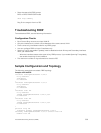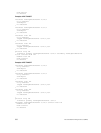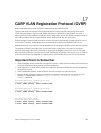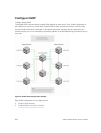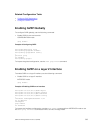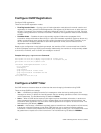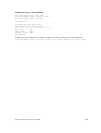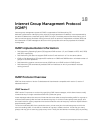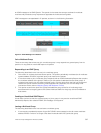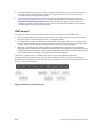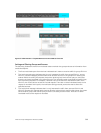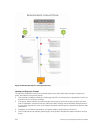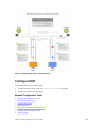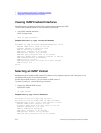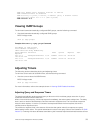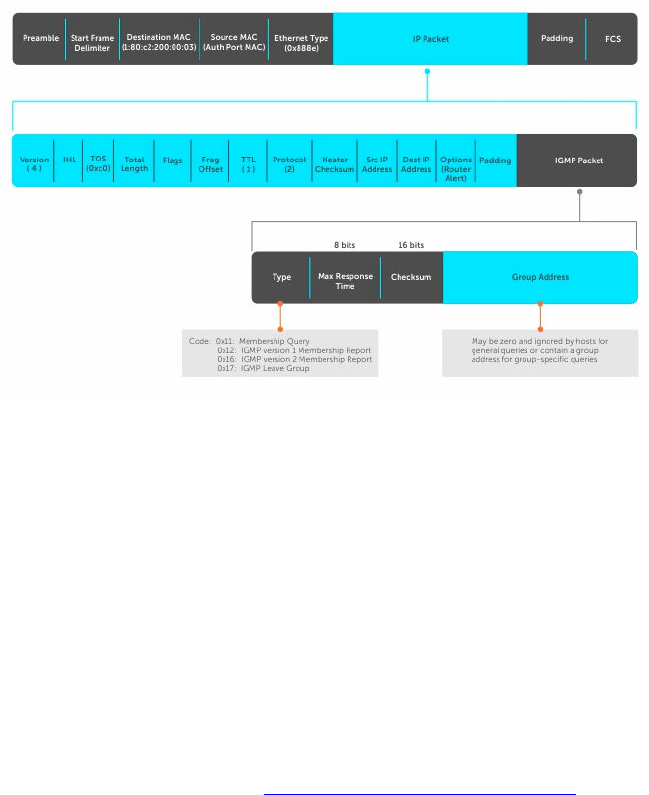
an IGMP message to its IGMP Querier. The querier is the router that surveys a subnet for multicast
receivers and processes survey responses to populate the multicast routing table.
IGMP messages are encapsulated in IP packets, as shown in the following illustration.
Figure 37. IGMP Messages in IP Packets
Join a Multicast Group
There are two ways that a host may join a multicast group: it may respond to a general query from its
querier or it may send an unsolicited report to its querier.
Responding to an IGMP Query
The following describes how a host can join a multicast group.
1. One router on a subnet is elected as the querier. The querier periodically multicasts (to all-multicast-
systems address 224.0.0.1) a general query to all hosts on the subnet.
2. A host that wants to join a multicast group responds with an IGMP Membership Report that contains
the multicast address of the group it wants to join (the packet is addressed to the same group). If
multiple hosts want to join the same multicast group, only the report from the first host to respond
reaches the querier and the remaining hosts suppress their responses (For how the delay timer
mechanism works, refer to Adjusting Query and Response Timers).
3. The querier receives the report for a group and adds the group to the list of multicast groups
associated with its outgoing port to the subnet. Multicast traffic for the group is then forwarded to
that subnet.
Sending an Unsolicited IGMP Report
A host does not have to wait for a general query to join a group. It may send an unsolicited IGMP
Membership Report, also called an IGMP Join message, to the querier.
Leaving a Multicast Group
The following describes how a host can leave a multicast group.
1. A host sends a membership report of type 0x17 (IGMP Leave message) to the all routers multicast
address 224.0.0.2 when it no longer cares about multicast traffic for a particular group.
Internet Group Management Protocol (IGMP)
367



